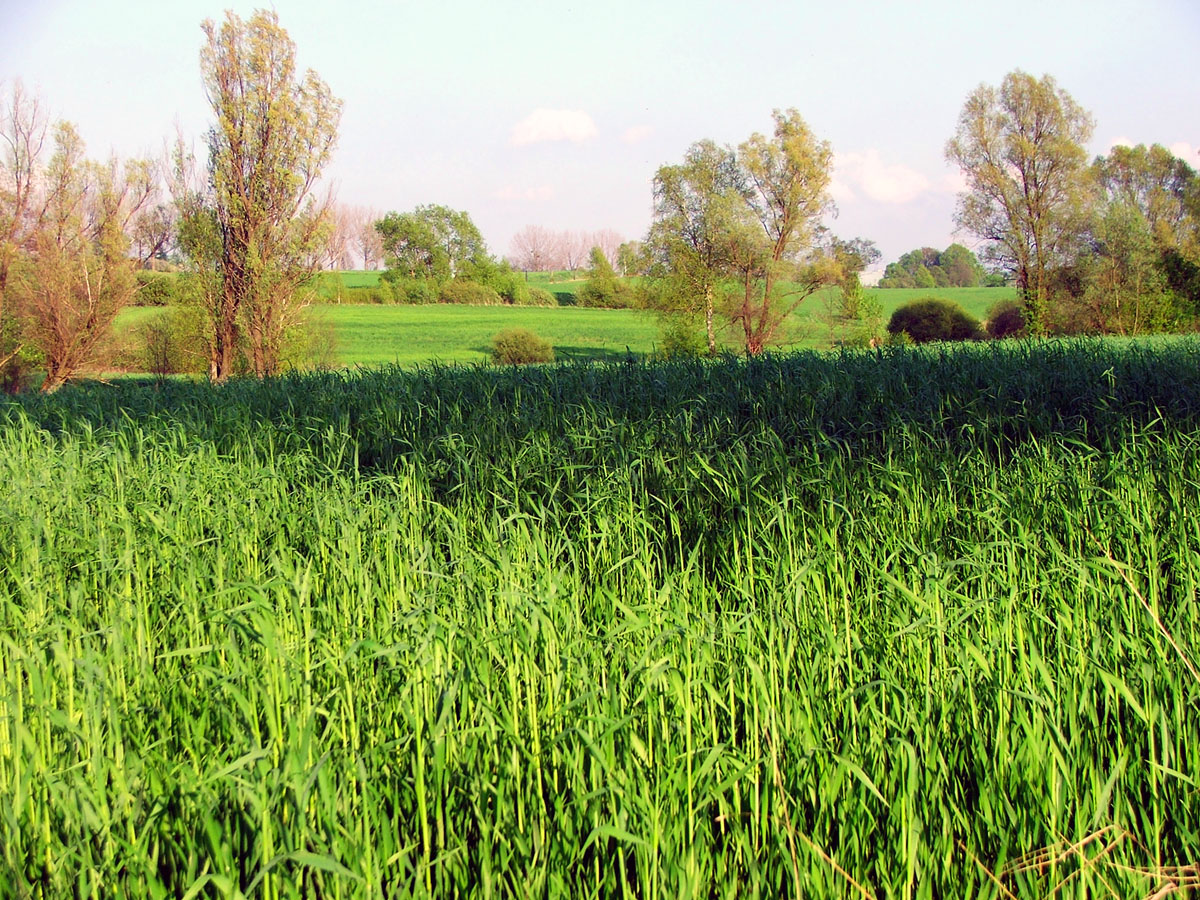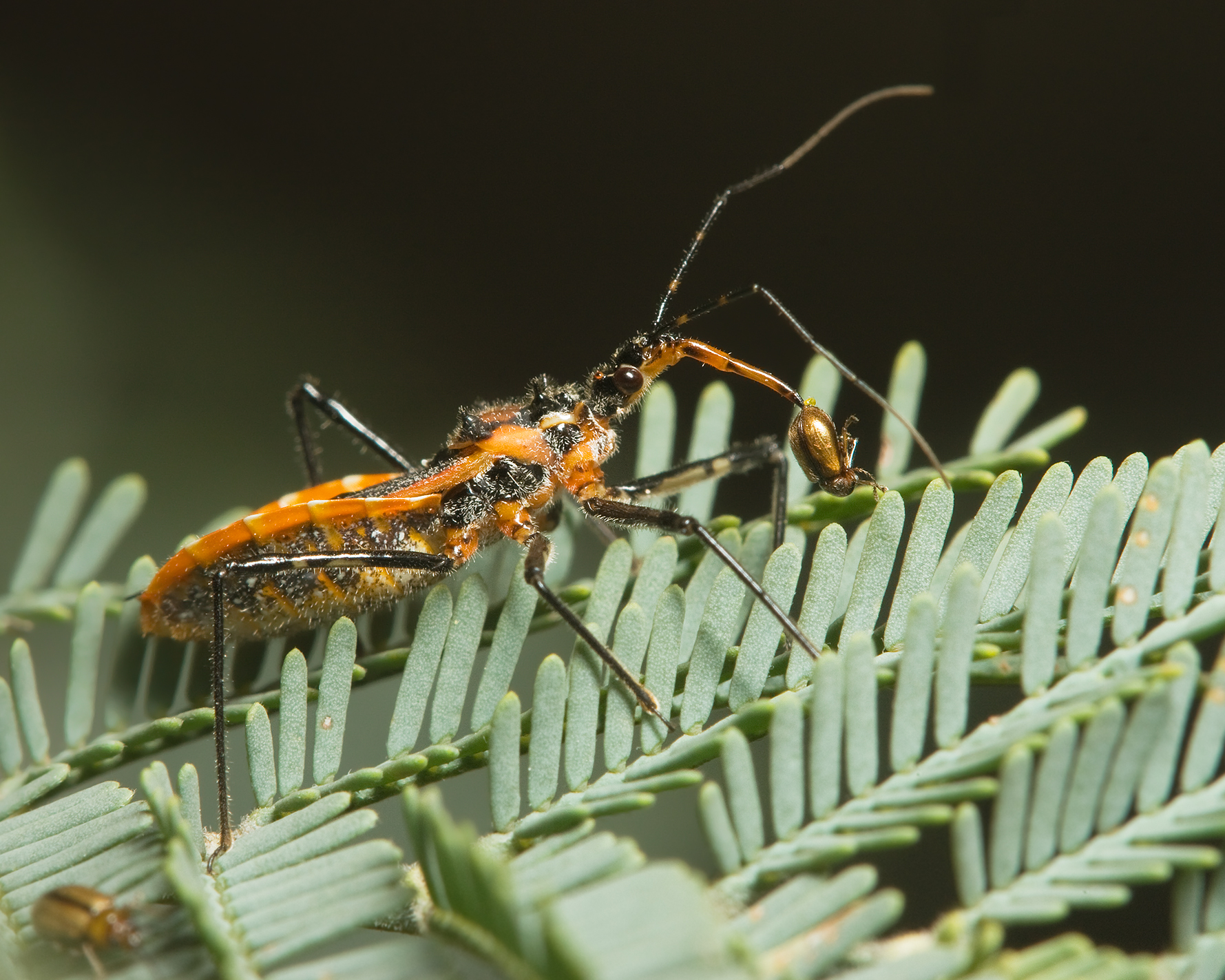|
Rhynocoris Albopunctatus
''Rhynocoris albopunctatus'' is a species of assassin bug family (Reduviidae), in the subfamily Harpactorinae. It is common in cotton plantations, especially near pastures where ''Stylosanthes gracilis ''Stylosanthes guianensis'', the stylo, is a species of flowering plant in the family Fabaceae. It is native to the New World Tropics and Subtropics, and has been introduced to Puerto Rico, the Windward Islands, Trinidad and Tobago, most of SubSa ...'' is incorporated. Life history ''Rhynocoris albopunctatus'' preys upon larvae of '' Heliothis armigera'' (Hübner), '' Earias biplaga'' Walker, and '' Earias insulana'' Boisduval. Gallery File:Rhynocoris albopunctatus imported from iNaturalist photo 188999170.jpg References Reduviidae Insects described in 1855 Taxa named by Carl Stål Hemiptera of Africa {{Cimicomorpha-stub ... [...More Info...] [...Related Items...] OR: [Wikipedia] [Google] [Baidu] |
Carl Stål
Carl Stål (21 March 1833 – 13 June 1878) was a Swedish entomologist specialising in Hemiptera. He was born at Karlberg Castle, Stockholm on 21 March 1833 and died at Frösundavik near Stockholm on 13 June 1878. He was the son of architect, author and officer Carl Stål then Colonel, Swedish Corps of Engineers. He matriculated at Uppsala University in 1853, studying medicine and passing the medico-philosophical examination in 1857. He then turned to entomology and completed his Ph.D. at the University of Jena in 1859. The same year he became assistant to Carl Henrik Boheman in the Zoological department of the Swedish Museum of Natural History in Stockholm, where, in 1867, he was appointed keeper with the title of professor. He made collecting trips in Sweden and throughout Europe and visited other museums including the collection of Johan Christian Fabricius in Kiel. His study of the Fabrician types resulted in his "Hemiptera Fabriciana". A significant part of Stål's work w ... [...More Info...] [...Related Items...] OR: [Wikipedia] [Google] [Baidu] |
Assassin Bug
The Reduviidae are a large cosmopolitan family of the order Hemiptera (true bugs). Among the Hemiptera and together with the Nabidae almost all species are terrestrial ambush predators: most other predatory Hemiptera are aquatic. The main examples of nonpredatory Reduviidae are some blood-sucking ectoparasites in the subfamily Triatominae. Though spectacular exceptions are known, most members of the family are fairly easily recognizable; they have a relatively narrow neck, sturdy build, and a formidable curved proboscis (sometimes called a rostrum). Large specimens should be handled with caution, if at all, because they sometimes defend themselves with a very painful stab from the proboscis. Taxonomy The Reduviidae are members of the suborder Heteroptera of the order Hemiptera. The family members are almost all predatory, except for a few blood-sucking species, some of which are important as disease vectors. About 7000 species have been described, in more than 20 recogniz ... [...More Info...] [...Related Items...] OR: [Wikipedia] [Google] [Baidu] |
Harpactorinae
The Harpactorinae are a large subfamily of the Reduviidae (assassin bugs). About 300 genera and 2,000 species worldwide have been described. Some of the species of the genera ''Zelus'', ''Pselliopus'', ''Sinea'', and ''Apiomerus'' are of interest as biological pest control agents. Tribes and genera The genera of six tribes include: Apiomerini New World resin bugs: auth. Amyot & Audinet-Serville, 1843 *''Agriocleptus'' Stål, 1866 *''Agriocoris'' Stål, 1866 *''Amauroclopius'' Stål, 1868 *''Apiomerus'' Hahn, 1831 *''Beharus'' Fabricius, 1803 *'' Calliclopius'' Stål, 1868 *'' Foucartus'' Berenger, 2006 *''Heniartes'' Spinola, 1840 *'' Manicocoris'' Fabricius, 1787 *'' Micrauchenus'' Amyot & Servile, 1843 *'' Ponerobia'' Amyot & Serville, 1843 *'' Sphodrolestes'' Stål, 1866 Diaspidiini African resin bugs: auth. Miller, 1959 * '' Cleontes'' Stål, 1874 * '' Diaspidius'' Westwood, 1837 * '' Rodhainiella'' Schouteden, 1913 Dicrotelini Asia, Australia; auth. Stål, 1859. Approx ... [...More Info...] [...Related Items...] OR: [Wikipedia] [Google] [Baidu] |
Cotton
Cotton is a soft, fluffy staple fiber that grows in a boll, or protective case, around the seeds of the cotton plants of the genus '' Gossypium'' in the mallow family Malvaceae. The fiber is almost pure cellulose, and can contain minor percentages of waxes, fats, pectins, and water. Under natural conditions, the cotton bolls will increase the dispersal of the seeds. The plant is a shrub native to tropical and subtropical regions around the world, including the Americas, Africa, Egypt and India. The greatest diversity of wild cotton species is found in Mexico, followed by Australia and Africa. Cotton was independently domesticated in the Old and New Worlds. The fiber is most often spun into yarn or thread and used to make a soft, breathable, and durable textile. The use of cotton for fabric is known to date to prehistoric times; fragments of cotton fabric dated to the fifth millennium BC have been found in the Indus Valley civilization, as well as fabric remnants date ... [...More Info...] [...Related Items...] OR: [Wikipedia] [Google] [Baidu] |
Stylosanthes Gracilis
''Stylosanthes guianensis'', the stylo, is a species of flowering plant in the family Fabaceae. It is native to the New World Tropics and Subtropics, and has been introduced to Puerto Rico, the Windward Islands, Trinidad and Tobago, most of SubSaharan Africa, Madagascar, Mauritius, Réunion, Rodrigues, the Indian Subcontinent, Sri Lanka, Thailand, southeast China, Hainan, Taiwan, New Guinea, Queensland, New Caledonia, and the Cook Islands ) , image_map = Cook Islands on the globe (small islands magnified) (Polynesia centered).svg , capital = Avarua , coordinates = , largest_city = Avarua , official_languages = , lan .... An important forage and fodder species, its palatability to livestock increases as the plant matures, making it an unusual, and valuable, deferred feed. It has high genetic diversity between and among its named varieties. Subtaxa The following subtaxa are accepted: *''Stylosanthes guianensis'' su ... [...More Info...] [...Related Items...] OR: [Wikipedia] [Google] [Baidu] |
Heliothis Armigera
''Helicoverpa armigera'' is a species of Lepidoptera in the family Noctuidae. It is known as the cotton bollworm, corn earworm, Old World (African) bollworm, or scarce bordered straw (the lattermost in the UK, where it is a migrant). The larvae feed on a wide range of plants, including many important cultivated crops. It is a major pest in cotton and one of the most polyphagous and cosmopolitan pest species. It should not be confused with the similarly named larva of the related species ''Helicoverpa zea''. Distribution This species comprises two sub-species: ''Helicoverpa armigera armigera'' is native and widespread in central and southern Europe, temperate Asia and Africa; ''Helicoverpa armigera conferta'' is native to Australia, and Oceania. The former sub-species has also recently been confirmed to have successfully invaded Brazil and has since spread across much of South America and reached the Caribbean. It is a migrant species, able to reach Scandinavia and other northern ... [...More Info...] [...Related Items...] OR: [Wikipedia] [Google] [Baidu] |
Earias Biplaga
''Earias biplaga'', the spiny bollworm, is a moth in the family Nolidae. The species was first described by Francis Walker in 1866. It is found throughout subtropical Africa Africa is the world's second-largest and second-most populous continent, after Asia in both cases. At about 30.3 million km2 (11.7 million square miles) including adjacent islands, it covers 6% of Earth's total surface area ... including Atlantic and Indian Ocean islands. Their length is about 10–12 mm, wingspan about 18–25 mm and it is characterised by a dark purplish-brown terminal fringe on the forewing. ''Hantsmoths''. Retrieved November 17, 2017. The larvae feed on species of Fabaceae and Malva ... [...More Info...] [...Related Items...] OR: [Wikipedia] [Google] [Baidu] |
Earias Insulana
''Earias insulana'', the Egyptian stemborer, Egyptian bollworm, spiny bollworm or cotton spotted bollworm, is a moth of the family Nolidae. The species was first described by Jean Baptiste Boisduval in 1833. It is found in most of Africa, southern Europe, the Near East and Middle East, Japan, Taiwan, the Philippines, Australia and Hawaii. It is a rare in immigrant in Great Britain. The wingspan is 20–22 mm. Adults show strong seasonal polymorphism, depending on the temperature. Two distinct forms are present in some areas: a bright green summer form and a brownish-yellow autumn form. The larvae feed on okra, cotton and hibiscus, but have also been recorded on rice, sugarcane and corn. Initially, larvae tunnel into the buds of their host plant. Later, the larvae feeds on the bolls, which become brown and fall off. Secondary invasion by fungi and bacteria sometimes occurs. Full-grown larvae are 13–18 mm long and their wingspan is generally about 24–28 mm. It ... [...More Info...] [...Related Items...] OR: [Wikipedia] [Google] [Baidu] |
Reduviidae
The Reduviidae are a large cosmopolitan family of the order Hemiptera (true bugs). Among the Hemiptera and together with the Nabidae almost all species are terrestrial ambush predators: most other predatory Hemiptera are aquatic. The main examples of nonpredatory Reduviidae are some blood-sucking ectoparasites in the subfamily Triatominae. Though spectacular exceptions are known, most members of the family are fairly easily recognizable; they have a relatively narrow neck, sturdy build, and a formidable curved proboscis (sometimes called a rostrum). Large specimens should be handled with caution, if at all, because they sometimes defend themselves with a very painful stab from the proboscis. Taxonomy The Reduviidae are members of the suborder Heteroptera of the order Hemiptera. The family members are almost all predatory, except for a few blood-sucking species, some of which are important as disease vectors. About 7000 species have been described, in more than 20 recogniz ... [...More Info...] [...Related Items...] OR: [Wikipedia] [Google] [Baidu] |
Insects Described In 1855
Insects (from Latin ') are pancrustacean hexapod invertebrates of the class Insecta. They are the largest group within the arthropod phylum. Insects have a chitinous exoskeleton, a three-part body (head, thorax and abdomen), three pairs of jointed legs, compound eyes and one pair of antennae. Their blood is not totally contained in vessels; some circulates in an open cavity known as the haemocoel. Insects are the most diverse group of animals; they include more than a million described species and represent more than half of all known living organisms. The total number of extant species is estimated at between six and ten million; In: potentially over 90% of the animal life forms on Earth are insects. Insects may be found in nearly all environments, although only a small number of species reside in the oceans, which are dominated by another arthropod group, crustaceans, which recent research has indicated insects are nested within. Nearly all insects hatch from ... [...More Info...] [...Related Items...] OR: [Wikipedia] [Google] [Baidu] |
Taxa Named By Carl Stål
In biology, a taxon (back-formation from ''taxonomy''; plural taxa) is a group of one or more populations of an organism or organisms seen by taxonomists to form a unit. Although neither is required, a taxon is usually known by a particular name and given a particular ranking, especially if and when it is accepted or becomes established. It is very common, however, for taxonomists to remain at odds over what belongs to a taxon and the criteria used for inclusion. If a taxon is given a formal scientific name, its use is then governed by one of the nomenclature codes specifying which scientific name is correct for a particular grouping. Initial attempts at classifying and ordering organisms (plants and animals) were set forth in Carl Linnaeus's system in ''Systema Naturae'', 10th edition (1758), as well as an unpublished work by Bernard and Antoine Laurent de Jussieu. The idea of a unit-based system of biological classification was first made widely available in 1805 in the int ... [...More Info...] [...Related Items...] OR: [Wikipedia] [Google] [Baidu] |






